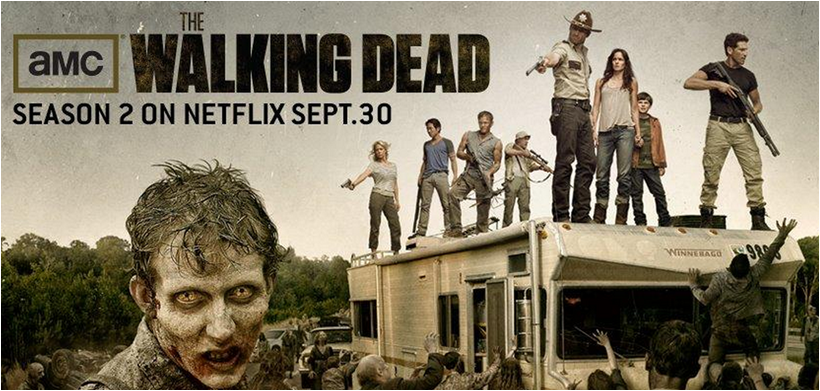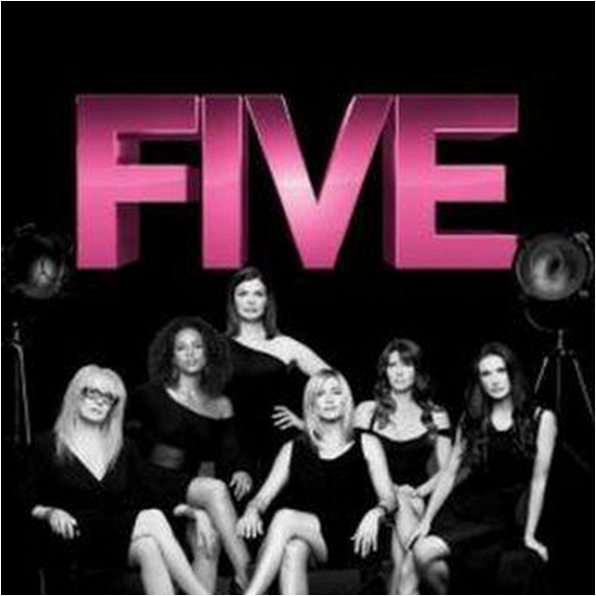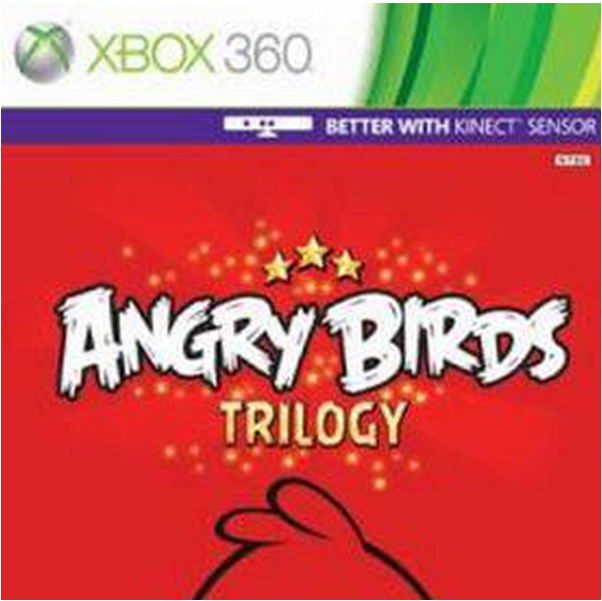Informal Study: Professional image content generates 121% more Facebook shares
All content is not created equal. For instance, according to a Nielsen report, men spend more than 247 million minutes per month viewing video via social media. Yet, women spend just 228 million minutes, despite the fact that more than 4,000 more women log on to social videos per day. Men just watch longer. If you want to engage men, videos are a superior form of content.
The still photograph remains king of the proverbial hill in terms of generating engagement with fans on social platforms. A 2012 study by ROI research found that 44% of users are likely to engage with brands if they post pictures, against 40% for regular status updates, and just 37% for video. Given that startling piece of information, a reasonable person might be led to ask the question:
Are all photographs created equal?
Do grainy, low-quality photographs thrown into a Facebook stream, more or less as afterthoughts, have the same impact as high-resolution, high-quality photography? Does it matter if the content is only photographic, or do graphical images also generate higher engagement numbers? Let’s look at one industry that is quite popular among the coveted 18-24 demographic on Facebook: entertainment (the companies shall remain nameless).
We begin by dividing the image content of several popular pages into two broad categories. First, there is the professional category. Images in this category tend to be high-resolution, feature-striking photography, be character based and contain only those graphics absolutely necessary to convey essential data. For example, look at the following image:
Notice the high-resolution photography, the striking use of rule-of-thirds composition, and the professional and appropriate but minimal use of graphics.
The second category will be labeled as the semi-professional category. This category tends to consist of images that are lower resolution, less professionally photographed, overly graphical, or extremely verbose (the information presented is very dense). For instance, check out this image:
Notice the low-resolution image quality, the vague graphics, and the seemingly awkward arrangement of elements from a compositional standpoint.
Or, this image:
So, given those relatively broad categories, we analyzed the content available across several top brand pages in the entertainment category for the past 30 days, and found some interesting, if not altogether surprising, trends.
Images from the professional category generated an average of 90.64 shares per post over a 30-day period across the entire sample, while images from the semi-professional category generated just 40.91 shares per post.
Now, this is hardly an empirical experiment that would be valid from a scientific standpoint with a 95% confidence interval, but it does serve to illustrate the point that, again, all content is not created equal. We seem to be able to take away the key learning point that high-resolution photography, with excellent composition and design elements, is more effective than the alternative at generating shares on Facebook.
In addition, we looked at content with no photographic elements, and found that the average message amplification for non-photographic posts was just 8.73 shares per post. This includes random text-only status updates, polls, advertisements and link shares. Of course, this is an astounding difference and one worthy of deep consideration.
So, based upon our little experiment, we can say that it seems likely that any photographic content is better than no photographic content, but professionally made photos with striking photography and the appropriate use of graphics are best.
Note: This study was conducted in a very informal way. The results are intended to be “food for thought” rather than a hard-and-fast best practice or rule of thumb. My intention is to get people thinking about photographic content and potentially spur some empirical studies into the topic. As it stands now, the study is completely subjective relative to my categorization of images as either “professional” or “semi-professional,” and it would be difficult for another person to reproduce my results exactly with much fidelity.
Related Resources:
Storytelling and Brand Resurrection in the Age of Social Media
Navigating the Four-Phase Social Media Process
Email Marketing: 83% of CMOs says social media will affect email programs
Categories: Social Networking Evangelism Community A/B testing, content marketing, Content testing, social media measurement, social media research













Jonathan, I completely agree with your comment. We are experiencing similar trends with our user base. Dazzup allows users to convert their text only status updates into a professionally created image. This help the users to generate higher engagement for their posts.